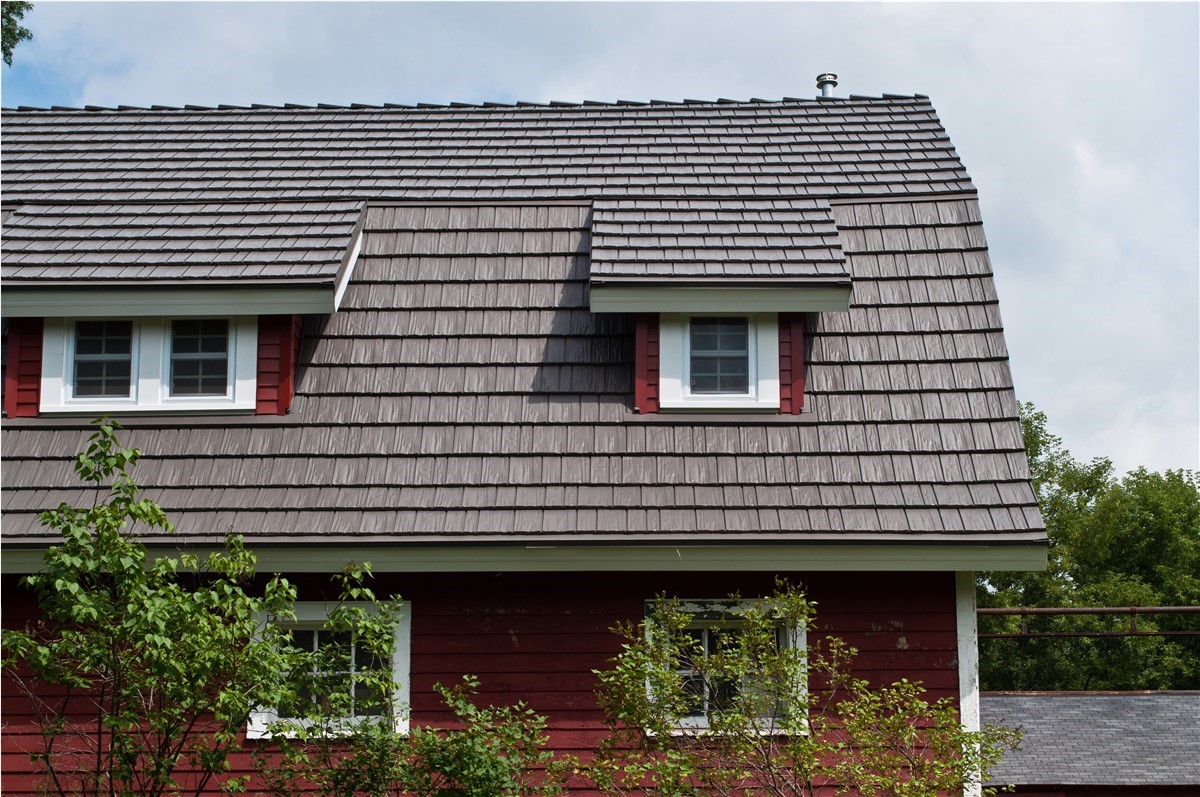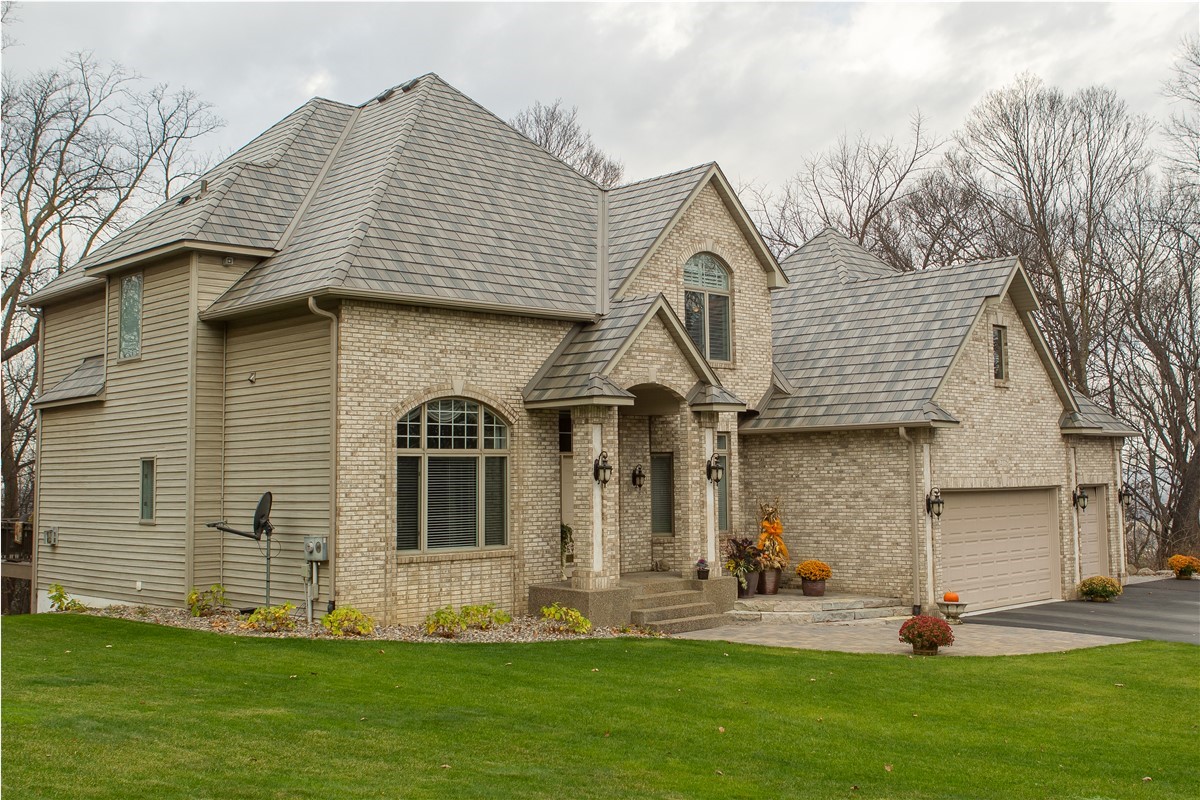Minnesota homeowners often wonder what the best siding is for them. Various benefits are offered with the many types of siding. In fact, there are numerous factors homeowners must consider when it comes to choosing the right siding for their needs. These factors include durability, price, energy efficiency, and appearance. And now that spring is here and your furnace most likely isn't running as much as it did this winter, it's a good time to evaluate whether your current siding is helping reduce your heating costs as much as it could. Certain materials are better at it than others. Here are the basics on the most common types of siding.
The Role of Siding and Comparing Materials for Energy Efficiency
If you’re a homeowner here in the Twin Cities who is searching for a way to enhance your home’s value and curb appeal, this post is for you. We're getting calls from people asking about siding installation and our recommendations. Keep in mind that siding protects the interior of your home from moisture, rain, humidity, different temperatures, as well as pests and insects. It’s also available in a wide range of materials such as wood, aluminum, insulated vinyl, cement, stone, and more. Here's how the most common materials perform in terms of energy efficiency. Wood Siding: Wood siding provides excellent insulation. The most popular choice among Minnesota homeowners is cedar. However, this type of siding requires a lot of maintenance such as re-staining or repainting every few years to prevent decay. And our climate with its heavy rains, snow and ice, and humidity can be hard on exterior wood products, so it may be more costly to maintain than other materials. Aluminum Siding: Aluminum siding is a great option if you need minimal maintenance or an economical product. This type of material may not be the best insulator, but it’s great for withstanding temperature changes such as what we see in Minnesota. The downside? Aluminum is a soft metal and is easily damaged by blowing debris and hail, so it's not one we recommend. Steel siding is a much better alternative. Fiber Cement Siding: Fiber cement siding like that manufactured by The James Hardie Company feels and looks like wood. However, it’s made of cellulose, sand, and cement. It’s excellent for insulation and is less costly than wood siding. There’s also less maintenance. Seamless Steel Siding: Seamless steel siding like we install is a popular energy-efficient siding material and is perfect for the extreme weather in our area. While the upfront costs of seamless steel siding are more than most other siding materials, it lasts far longer. The lack of seams keeps both air and moisture out, so there's no leaking of warm air from inside your home and no gaps for cold air to infiltrate. If you are considering new siding and would like more information on all the siding we make available for installation in the Twin Cities area, please contact Quarve today!Subscribe to Quarve Contracting's Blog





Comments